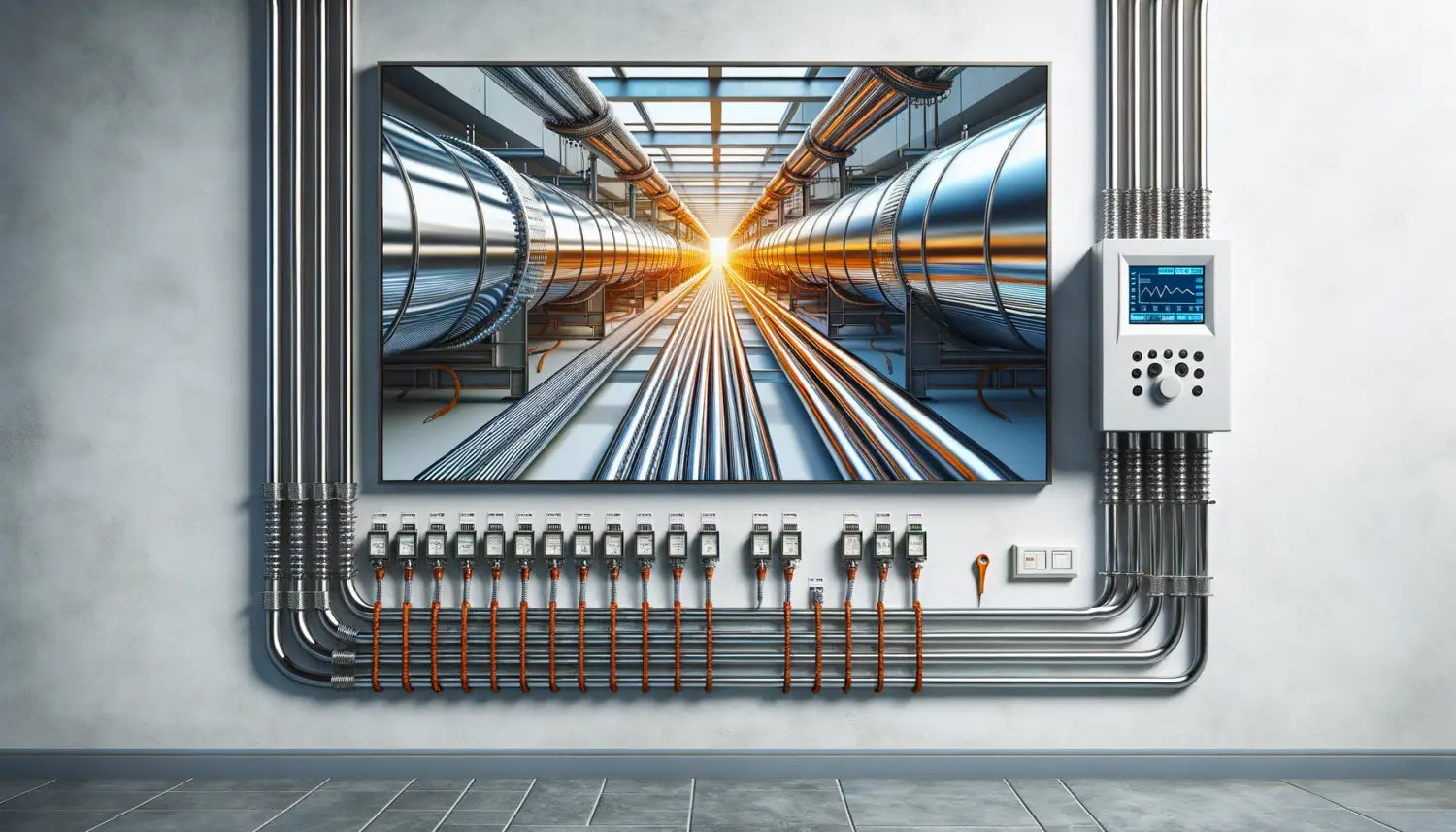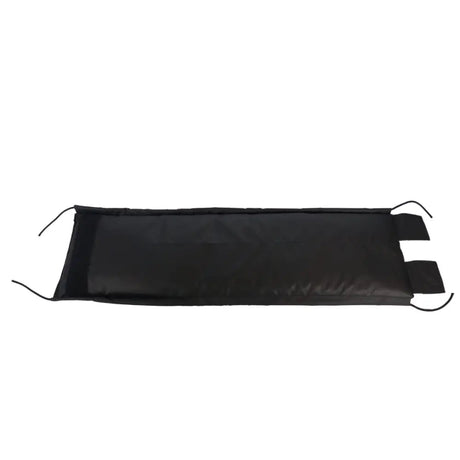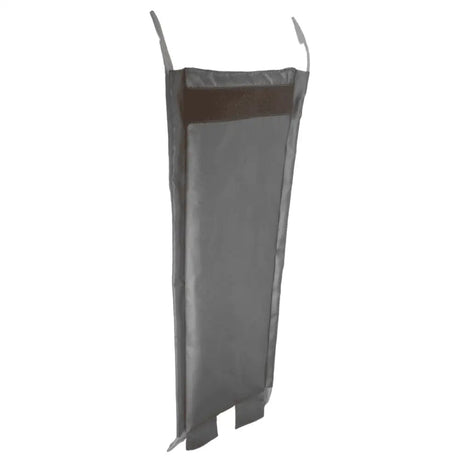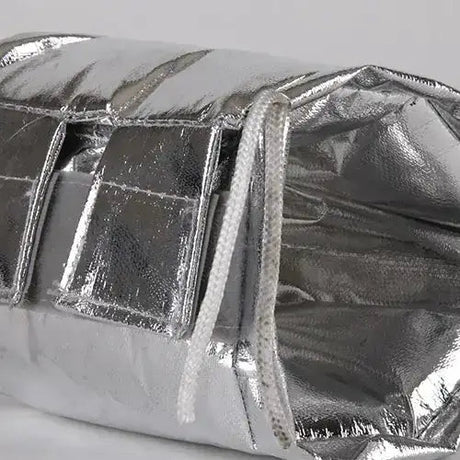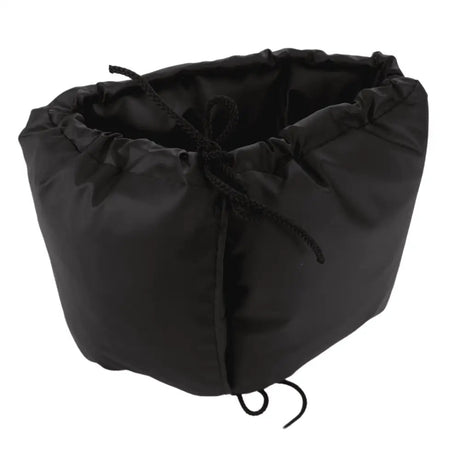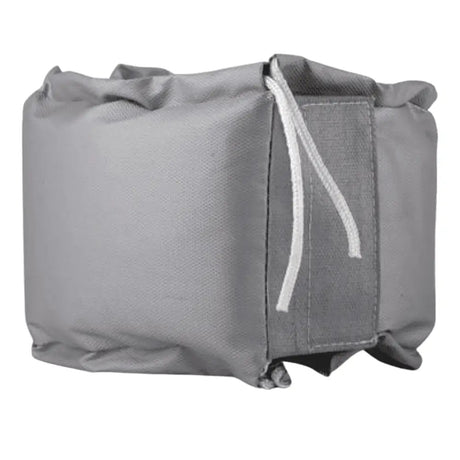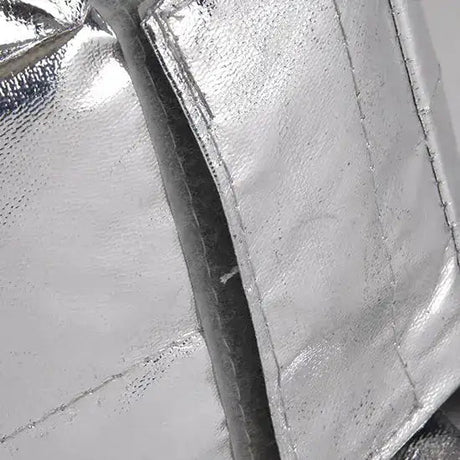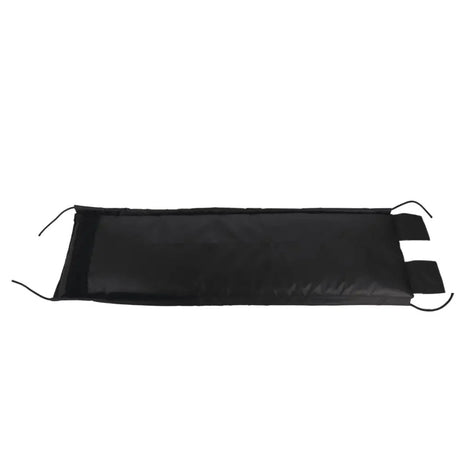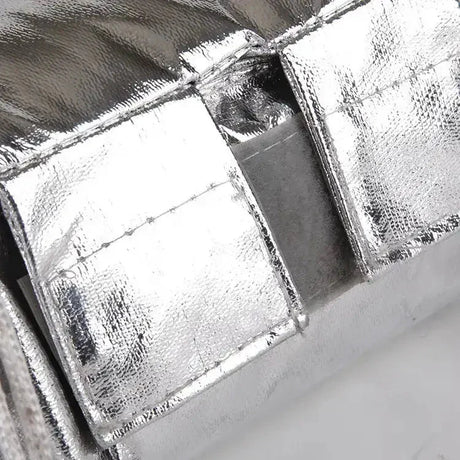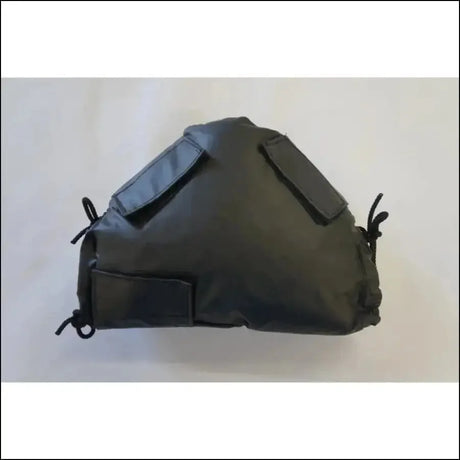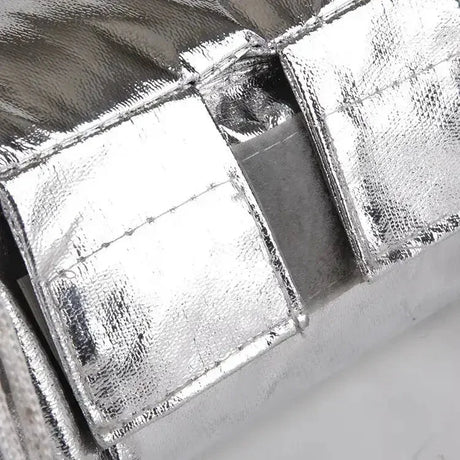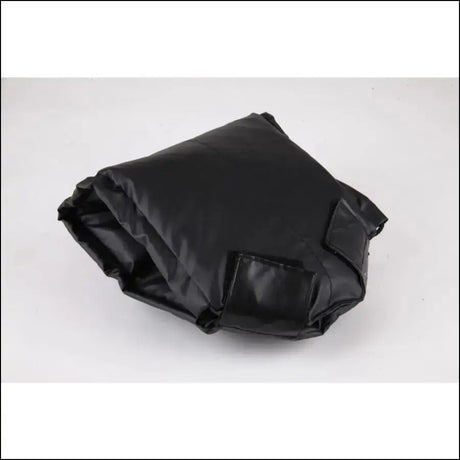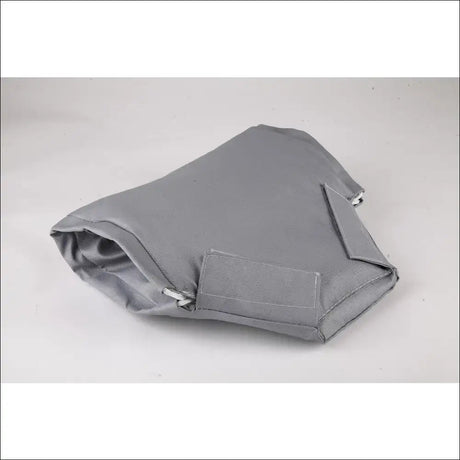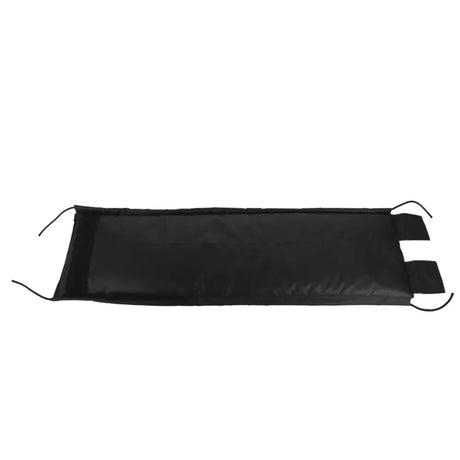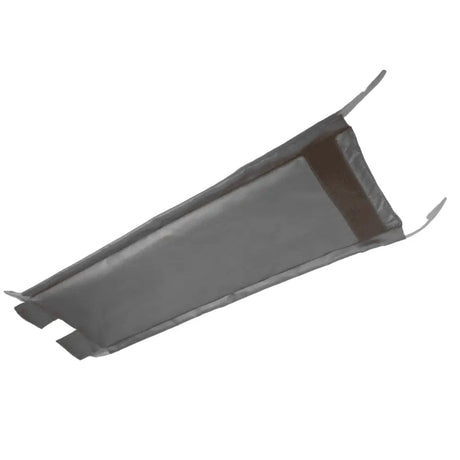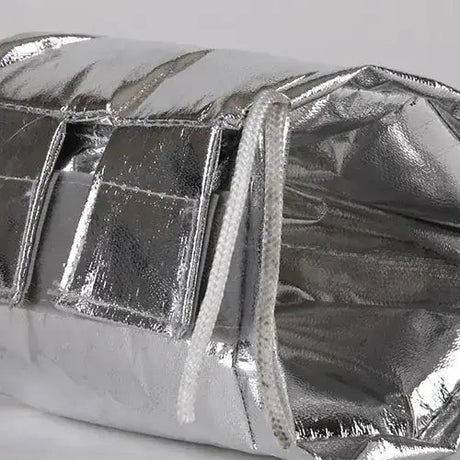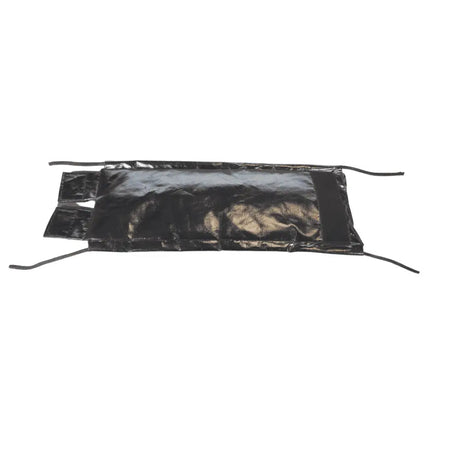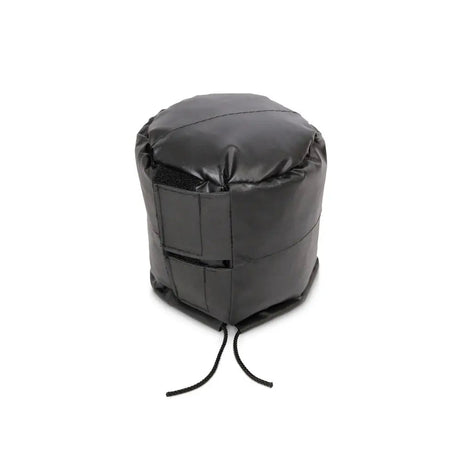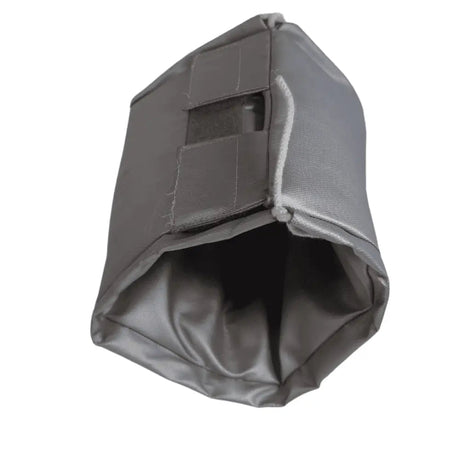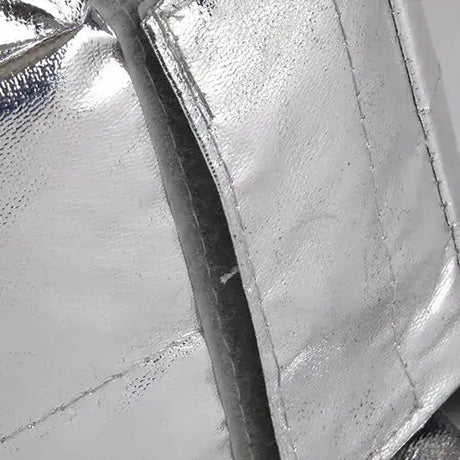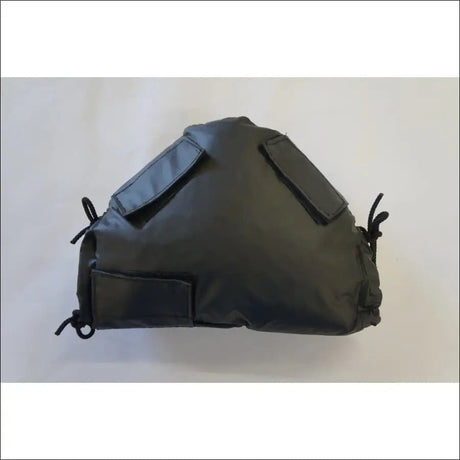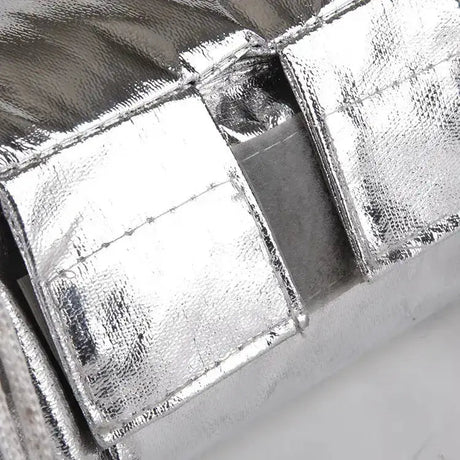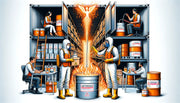Trace heating, also known as heat tracing, is a system used to maintain or raise the temperature of pipes and vessels. It's an essential component in a variety of industrial and residential applications, from protecting water lines from freezing to maintaining the flow of viscous materials. Safety is paramount when it comes to installing and operating these systems, as improper use can lead to damage, injury, or even fire hazards. Let's dive into the world of trace heating and uncover the best practices that ensure safety and efficiency.
| Key Takeaways | Description |
|---|---|
| Safety Features | Trace heating systems should come with safety features such as ground-fault protection and high-limit temperature cut-outs. |
| Correct Product Selection | Choose the right trace heating products that meet the specific needs of your application. |
| Self-Regulating Cables | Self-regulating cables are preferable for safety as they adjust power output to prevent overheating. |
| Professional Installation | Opt for professional installation whenever possible to ensure safety and compliance with standards. |
| Regular Maintenance | Conduct regular maintenance checks and replace any damaged parts immediately to ensure system integrity. |
| Energy Efficiency | Energy efficiency enhances safety by preventing system overloads and overheating. |
| Compliance with Regulations | Always adhere to British standards and regulations such as BS 7671 when installing trace heating systems. |
| Risk Assessment | Before installation, conduct a thorough risk assessment to identify and mitigate potential hazards. |
| Insulation is Key | Use appropriate insulation to prevent energy loss and protect against overheating. |
| Understanding Misconceptions | Learn to separate myths from facts about trace heating safety to make informed decisions. |
| Seeking Expert Advice | When unsure, seek guidance from professionals with expertise in trace heating solutions. |
| Using the Right Supplies | Ensure you are equipped with the correct supplies, from heating cables to insulation accessories. |
Understanding Trace Heating
Trace heating is a method used to prevent pipes, vessels, and instrumentation from freezing, and to maintain a required temperature for process control. It involves the application of heating elements, usually in the form of cables, alongside the pipe or vessel. These heating cables are controlled through a thermostat or a self-regulating mechanism which adjusts power output in response to temperature changes.
Importance of Safety in Trace Heating
The need for safety can't be overstated when working with electrical heating elements and high temperatures. Electrical faults, overheating, and improper installation can lead to personal harm and property damage. Thus, adopting a safety-centric approach is essential for the well-being of users and longevity of the trace heating system itself.
Fundamentals of Trace Heating Safety
Essential Safety Features of Trace Heating Systems
Good safety practices start with utilizing trace heating systems that have built-in safety features. These can include ground-fault protection, high-limit temperature cut-outs, and self-regulating cables that automatically adjust their output to prevent overheating.
Self-Regulating vs. Constant Wattage Cables
There are two main types of heating cables: self-regulating and constant wattage. Self-regulating cables adjust their heat output based on the surrounding temperature, which reduces the risk of overheating, while constant wattage cables deliver a consistent heat output regardless of temperature conditions and therefore require more careful monitoring.
Recognizing the Hazards
Awareness of the potential hazards of trace heating is the first step towards preventing accidents. Overheating, electrical shocks, and fire risks are among the key concerns that need to be addressed. It's crucial to understand that trace heating systems must be treated with respect and caution to ensure safe operation.
Installation Best Practices
Selecting the Right Trace Heating Products
Choosing the right trace heating system and components that suit the specific application is critical. Select products from reputable trace heating suppliers that comply with British standards and regulations. Be sure to consider the temperature maintenance requirements and environmental conditions your system will face.
Tailoring Trace Heating to the Application
Each application can have different requirements based on the pipes' contents, ambient conditions, and safety standards. It's advisable to consult with experts to select the proper trace heating cables and accessories that meet the exact needs of your project.
Preparing for Installation
Before beginning installation, thoroughly inspect the site. Ensure that pipes are clean, dry, and free from damage. Use the appropriate pipe insulation to improve energy efficiency and prevent heat from dissipating in unintended areas.
Choosing the Right Insulation Material
When selecting insulation material, consider factors such as thermal properties, environmental resistance, and the required thickness. Products like polyurethane insulation are often used due to their high thermal efficiency and moisture resistance.
Professional Installation vs. DIY
Although it's tempting to install trace heating systems DIY to save costs, professional installation by certified electricians is highly recommended. They have the expertise to ensure that the system is installed correctly and safely, in line with relevant codes and standards.
Professional installers are also familiar with the various fixings and accessories needed for safe installation, such as those found in trace heating fixings & accessories collections.
Safe Operation of Trace Heating Systems
Setting Up for Optimal Performance
Configure your trace heating system for optimal performance by properly setting up control mechanisms such as thermostats or controllers. These ensure the system heats only when necessary, preventing energy wastage and potential safety hazards.
Understanding the Role of Thermostats
Thermostats play a critical role in a trace heating system by controlling when the heating cables turn on and off. This helps to maintain the desired temperature without manual intervention, ensuring safety and efficiency.
Common Operational Do's and Don'ts
When operating trace heating systems, there are certain practices to always follow and others to avoid. Do ensure that all components, including trace heating boxes, are checked regularly for signs of wear or damage. Don't attempt to repair heating cables yourself; if issues occur, turn the system off and consult a professional.
Operating trace heating systems within their specified design parameters is vital to prevent safety issues. Exceeding temperature ratings or using the system in unapproved environments can lead to failure and potentially dangerous situations.
Monitoring and Controlling Temperature
Implement monitoring systems that can alert you to any abnormal operation or potential issues. Consistently measuring and controlling the temperature plays a key role in preventing accidents and ensuring the longevity of the trace heating system.
Utilizing Advanced Control Systems
Modern trace heating installations can benefit from advanced control systems that offer real-time monitoring, alarms, and the ability to adjust parameters from remote locations. This level of control not only bolsters safety but can also improve the system's efficiency and responsiveness to changing conditions.
Maintaining Your Trace Heating System
Importance of Regular Maintenance
Regular maintenance is essential to ensure that trace heating systems are functioning properly and safely. Set up a maintenance schedule to check all system components, such as cables, thermostats, and vapour-barrier installations.
Maintenance Checklist
Every maintenance check should include:
- Inspecting cables for damage or wear.
- Testing thermostats and controllers to confirm accurate operation.
- Verifying that insulation materials, like those found in vapor-fas cladding, are intact and effective.
- Checking connections and seals for moisture ingress.
When to Replace Components
Know the signs that indicate when components need to be replaced—frayed cables, non-responsive thermostats, or compromised insulation materials should be addressed immediately to maintain the integrity of the trace heating system.
Troubleshooting Common Issues
Learn how to identify common issues that can arise with trace heating systems, and how to address them. This could range from simple fixes like adjusting a thermostat to more complex repairs that should be handled by professionals.
Despite the inherent robustness of trace heating systems, addressing smaller concerns promptly can prevent them from escalating into larger safety risks.
Risks and Preventions
Preventing Overheating
Preventing overheating is crucial to the safe operation of any trace heating system. This involves not only the correct choice of cables and controls but also ensuring that the installation is not covered by insulating materials that haven’t been factored into the design, such as excessive or incorrect layers of adhesives or coverings.
Minimizing Fire Risk
Trace heating systems, if not properly installed, maintained, or operated, can pose a fire risk. To minimize this risk, always adhere to the manufacturer's installation instructions and local electrical codes.
Implementing Circuit Protection
Utilize proper circuit protection devices, such as ground-fault circuit interrupters (GFCIs) in your electrical installations. They are designed to shut off electrical power in the event of a ground fault, which could prevent potential fire hazards associated with trace heating systems.
Protecting Against Electrical Hazards
Electrical hazards are a significant concern when dealing with trace heating systems. High-quality installations use sealants and protective coverings to safeguard electrical connections against moisture and physical damage. Products like mastics, sealants, and coatings can provide an additional layer of safety by creating a moisture-resistant barrier.
Safe Electrical Practices
Adhering to safe electrical practices is non-negotiable. This includes disconnecting power before performing any maintenance, using only rated tools and equipment, and following the detailed guidelines for electrical work associated with trace heating systems.
Enhancing Safety with Thermal Insulation
Benefits of Using Thermal Insulation
Thermal insulation is a critical companion to trace heating systems. It helps maintain the intended temperatures, improves energy efficiency, and reduces the chances of systems overheating by spreading the heat evenly.
Correct Installation of Thermal Insulation
Correctly installing thermal insulation can help maintain system safety and efficiency. Ensure that the insulation material is properly fitted, with no gaps or compressions, and that it's suitable for the environmental conditions to which the pipes will be exposed.
Misconceptions About Trace Heating Safety
Myth vs. Reality: Debunking Common Myths
There are many misconceptions about the safety of trace heating systems, such as the belief that they are inherently dangerous or prone to causing fires. In reality, when correctly selected, installed, and maintained, they are a safe and effective method of temperature regulation.
Understanding the Facts
It's important to distinguish fact from fiction when it comes to trace heating. For instance, the idea that all trace heating systems consume a lot of energy and are not cost-effective is a misconception. Modern systems, especially self-regulating cables, are designed to be energy-efficient. Opting for energy-efficient components like EPDM adhesives can further contribute to reducing the overall energy consumption of the heating system.
Applications and Their Specific Safety Considerations
When it comes to the safety of trace heating systems, the application plays a pivotal role. Whether for industrial processes or residential comfort, each use case has its set of safety protocols that ensure proper functioning without risking accidents or system failures.
Safety in Industrial Applications
Industrial settings often involve extreme temperatures, corrosive substances, and mechanical stresses that can impact the performance and safety of trace heating systems. Ensuring the selection of appropriate materials and components, like those in robust trace heating fixings & accessories, is crucial for withstanding such harsh conditions.
Particular attention should be paid to:
- Explosion-Proof Components: In hazardous environments, using explosion-proof trace heating components is essential.
- Chemical Resistance: For processes involving corrosive fluids, it’s necessary to use chemical-resistant insulation and adhesives.
Safety Considerations for Residential Use
While residential applications of trace heating, such as frost protection or floor heating, might not operate under harsh conditions, safety remains a priority. Residential systems should adhere to simpler controls and safety mechanisms that are user-friendly.
The key points to consider for residential systems include:
- Timers and Sensors: These can help maintain safe temperatures and reduce the risk of overheating.
- Clear Instructions: Homeowners should be provided with clear guidelines on how to operate and maintain their trace heating systems safely.
Energy Efficiency and Safety
The relationship between energy efficiency and safety in trace heating systems is often overlooked. An energy-efficient system doesn't just save costs but also prevents overloading and overheating, which are common causes of trace heating-related accidents.
How Energy Efficiency Relates to Safety
An energy-efficient trace heating system is typically well-designed and -regulated, which means it's less likely to overheat or encounter mechanical stresses due to overuse. Efficient systems often incorporate self-regulating cables that adjust their output based on the ambient temperature, naturally reducing the risk of overheating.
Tips for Energy-Efficient Usage
To enhance energy efficiency and thereby improve safety, consider the following tips:
- Proper Insulation: Use high-quality pipe insulation to minimize heat loss.
- Regular Maintenance: Systems should be serviced regularly to ensure they're operating at peak efficiency.
- Correct Sizing: Using the appropriate size and length of trace heating cables helps to avoid unnecessary energy consumption.
Staying Compliant with Regulations
Adherence to regulations and standards is not just a legal requirement but also a guideline to ensure safety and reliability in trace heating applications.
Key Regulations Governing Trace Heating
In the UK, regulations such as the Electrical Wiring Regulations (BS 7671) should be followed. These guidelines ensure that all trace heating systems are designed, installed, and tested to meet safety standards.
Conducting a Risk Assessment
A thorough risk assessment is vital before commissioning a trace heating system. It helps identify potential hazards and provides a roadmap for implementing appropriate safety measures. Essential aspects include:
- Identifying Vulnerabilities: Recognizing points that are susceptible to overheating or mechanical damage.
- Strategizing Mitigation: Devising strategies to protect against identified risks, such as incorporating duct insulation where heating cables pass through airflow ducts.
Concluding Thoughts
We’ve traversed the significant aspects of safety in trace heating, from installation right through to everyday operation and maintenance.
Recap of Safe Trace Heating Practices
Safety in trace heating is multifaceted, encompassing correct installation, diligent operation, and attentive maintenance. Using suitable accessories and materials such as vapour barrier applications and polyurethane insulation further enhances system safety.
Encouraging Safe Adoption of Trace Heating
The benefits of trace heating systems are undeniable, and when safety practices are thoroughly applied, the risks are significantly minimized. It's important to recognize that trace heating, when managed correctly, can offer a safe, efficient, and reliable solution to temperature maintenance challenges.
Getting Equipped with the Right Supplies
For those ready to install or upgrade their trace heating system, ensure you're equipped with the right supplies. This includes everything from trace heating boxes that house control mechanisms to adhesive, glue tape, and pipe duct lagging for securing insulation.
Additional Resources
Should you need more information or seek further guidance on trace heating safety and best practices, many resources are available. Reputable suppliers and manufacturers often provide detailed documentation and can recommend the right products for your needs, from mastics, sealants, and coatings to comprehensive trace heating solutions that can be found in the trace heating collections.
With the right approach, informed by proper guidelines and a commitment to safety, trace heating can be a valuable asset in your facility or home.

